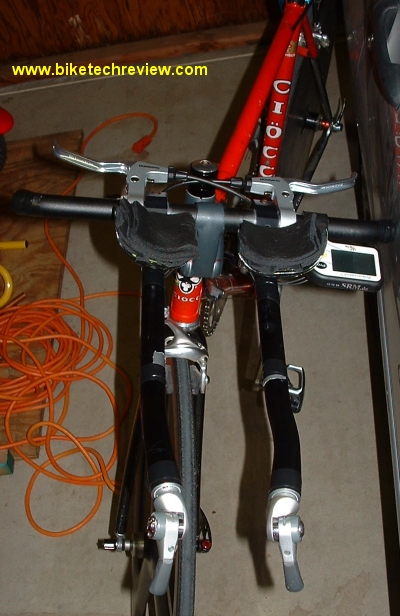Alex Simmons/RST said:
I've never said otherwise.
Well, then, I guess that means I should have given you
(and others?) less benefit of the doubt when I posted originally? Given the obtuse reply of yours that I've quoted above, I reckon I could have made my initial post something more along the lines of:
"Furthermore, I'm _NOT_ surprised that folks in this thread...<snip the gist of my initial quote>"
Alex Simmons/RST said:
However if one rides at a given average power but paces very poorly, then they will ride more slowly overall than they might have.
yes, pacing can matter a bit (there's an asymmetric loss function to consider after all)...though, I'm a caveman who likes to keep things real simple and not make any unnecessary assumptions when it comes to this sort of stuff...I like to use the pareto principle when it comes to the pacing deal - it's not real complicated when looking at it from that perspective...I feel as if there's 7 commandments when it comes to doing TT's on the road of any significant duration - no assumptions/math problems required:
1) don't overcook the start/first few minutes
2) don't overcook the start/first few minutes
3) don't overcook the start/first few minutes
4) go a little harder on the uphills
5) go a little easier on the downhills
6) don't doubt yourself
7) have fun!
but that kind of caveman advice (which more than likely gets you real close to "optimal" - and, what gets you the rest of the way, I reckon, is by actually doing the effort a couple times!) doesn't really inspire people to hire me as a coach offering "TT pacing math services" does it?
Alex Simmons/RSTI said:
I'm sure you'll agree with me that the physiological "cost" of riding is not linearly related to power output.
Well, actually, a google search using this verbatim string (including the quotes at the beginning and end):
"rick murphy's normanalized power"
would be a way for folks to gain insight on what I, and others, believe regarding your assurances.
Alex Simmons/RST said:
As for your "commercial" arguments, the GP (sic) formula is freely available in the public domain. One does not need to pay anything to anyone to do your own calculations.
yet, you use the trademarked/for profit term to market your services/proprietary/not in the public domain software:
http://forum.slowtwitch.com/cgi-bin/gforum.cgi?post=1808498;search_string=pacing%20marmotte;#1808498
just to make it clear to folks reading...I'm a capitalist pig that runs a website with a profit motive...just want to make that crystal clear for everyone reading at home! ;-)
...and, here's a fun plot from a blog entry I wrote moons ago regarding pacing, TT's and Brad Wiggins:








